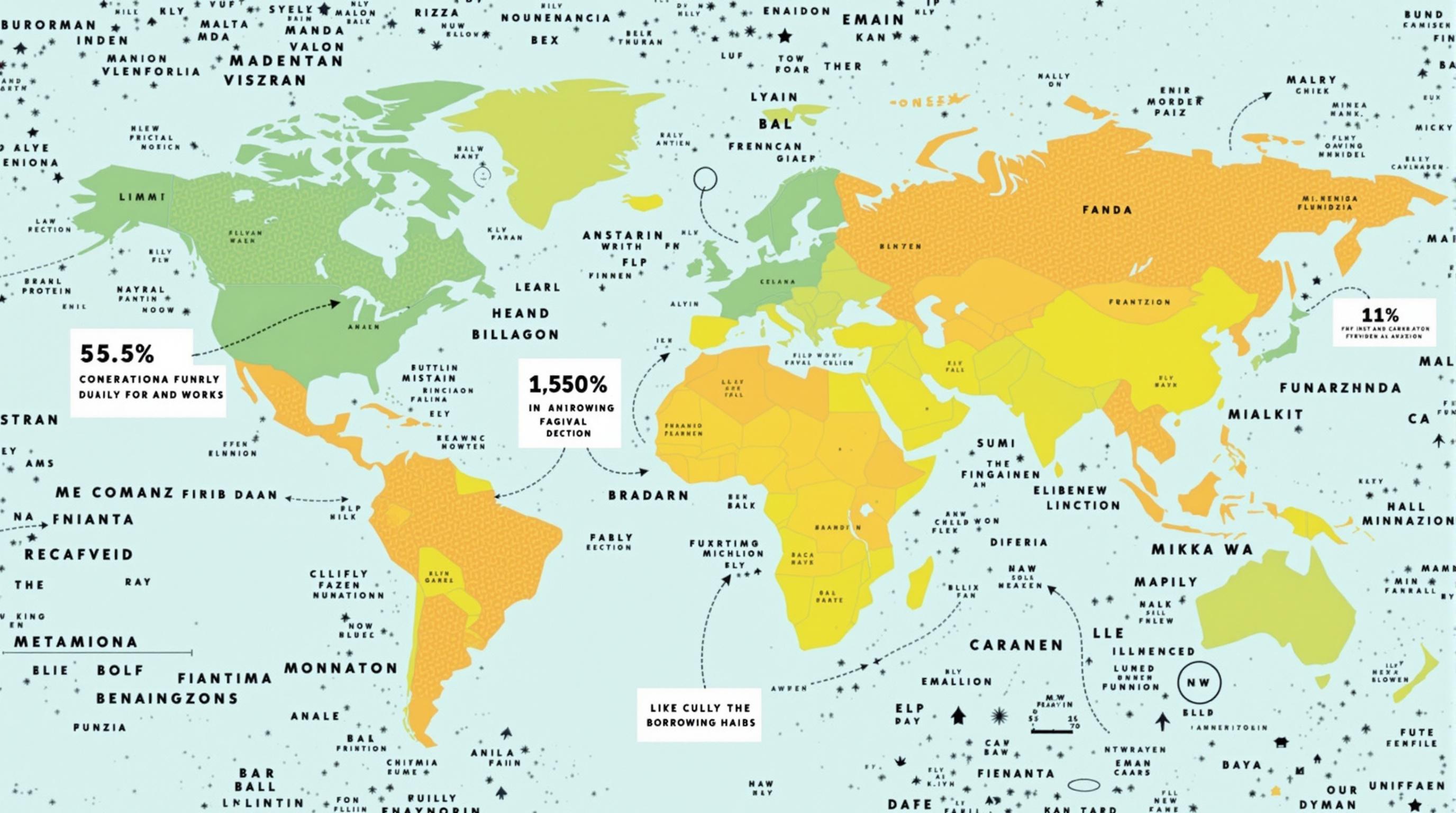Related Articles
- Top 6 Niche Credit Cards from the Past Five Years That Exploit Unseen Reward Loopholes
- Unmasking the Silent Influence of Social Media Challenges on Long-Term Financial Behavior and Credit Recovery
- How Microcredit Dynamics in Remote Communities Are Redefining Access and Trust Beyond Traditional Credit Metrics
- How Cultural Attitudes Shape Collective Borrowing Habits and Their Impact on Financial Unification Strategies
- Top 5 Under-the-Radar Digital Loan Services Launched Since 2019 That Are Disrupting Traditional Borrowing Norms
- Top 6 Cutting-Edge Financial Wellness Platforms Redefining Debt Recovery Tools Released Since 2019
Top 7 Breakthrough Financial Solutions Launched Since 2019 That Are Changing How You Manage Money
Top 7 Breakthrough Financial Solutions Launched Since 2019 That Are Changing How You Manage Money
Top 7 Breakthrough Financial Solutions Launched Since 2019 That Are Changing How You Manage Money
1. Digital-Only Neobanks
Since 2019, neobanks have emerged as a compelling alternative to traditional banks, offering fully digital financial services with lower fees and enhanced user experiences. These fintech companies operate without physical branches, providing services through mobile apps that enable instant account setup, budgeting tools, and real-time notifications.
One of the key advantages of neobanks is their streamlined user interfaces combined with AI-powered insights, which help users track spending, save money, and avoid overdraft fees. Examples include Chime and Monzo, which have rapidly gained millions of users worldwide.
According to a 2022 report by Insider Intelligence, neobank customers in the US are expected to exceed 39 million by 2025, highlighting the growing trust and demand for digital-first banking solutions. This shift is fundamentally changing how people manage their day-to-day finances.
2. AI-Driven Personal Financial Management (PFM) Tools
Artificial intelligence has revolutionized personal finance tools by enabling hyper-personalized budgeting and investment advice. Since 2019, platforms like Cleo and YNAB have integrated AI to provide dynamic insights tailored to individual spending habits.
These AI systems analyze vast amounts of transaction data to identify trends and recommend actions, such as suggesting spending limits or potential savings opportunities. This proactivity helps users make smarter decisions without the need for a financial advisor.
Research from Deloitte in 2021 indicates that 57% of millennials prefer using AI-based financial tools for money management, showing a strong preference for automated, data-driven support as part of personal finance strategies.
3. Buy Now, Pay Later (BNPL) Services
Since its rise around 2019, the Buy Now, Pay Later model has transformed consumer credit by allowing users to split purchases into interest-free installments directly at checkout. Companies like Klarna, Afterpay, and Affirm have made this financing option mainstream across retail sectors.
BNPL services improve cash flow management for consumers, providing flexibility without traditional credit card interest rates. However, users are advised to remain cautious and understand repayment terms to avoid potential debt accumulation.
A 2023 study by McKinsey reported that BNPL users increased by over 40% in the previous two years, indicating strong adoption especially among younger consumers who value payment transparency and control.
4. Cryptocurrency Wallets with Enhanced Security
The surge in cryptocurrency adoption since 2019 has led to the development of advanced digital wallets with integrated security features like biometric authentication and hardware wallet compatibility. These innovations allow easier and safer access to crypto assets.
Platforms such as Coinbase Wallet and MetaMask have enabled millions to manage cryptocurrencies alongside traditional assets, bridging the gap between decentralized finance (DeFi) and everyday money management.
According to Chainalysis data from 2022, cryptocurrency wallets have seen user growth of over 30% annually, reflecting increasing consumer interest in integrating digital currencies within personal finance frameworks.
5. Automated Investment Platforms (Robo-Advisors)
Robo-advisors have gained significant traction since 2019 by democratizing investment management through algorithms that create personalized portfolios based on individual risk tolerance and goals. Services like Betterment and Wealthfront exemplify this trend.
These platforms reduce the need for expensive financial advisors, lower investment minimums, and utilize tax-loss harvesting and automatic rebalancing to optimize returns, making investing accessible to a wider audience.
As of 2023, the robo-advisor market was valued at approximately $41 billion globally, a figure projected to grow due to continued innovation and user adoption, according to Statista.
6. Embedded Finance in Everyday Apps
Embedded finance refers to the integration of financial services directly into non-financial platforms, such as ride-sharing, e-commerce, or social media apps. This trend has accelerated since 2019, with companies embedding payments, lending, and insurance options seamlessly within user journeys.
By eliminating the need to switch apps or institutions, embedded finance creates frictionless experiences that help users manage money within contexts they engage in daily, enhancing convenience and financial inclusion.
Finextra reported in 2022 that embedded finance has grown into a multi-trillion dollar opportunity, signaling a fundamental transformation in how and where financial services are consumed.
7. Real-Time Payment Networks
The launch of real-time payment infrastructures since 2019 has drastically expedited how money moves between individuals and businesses. Systems like the U.S.’s RTP network, India’s UPI, and Europe’s SEPA Instant allow instantaneous fund transfers anytime.
Real-time payments facilitate better cash flow management, quicker bill settlements, and improved liquidity, especially benefiting small businesses and gig economy workers who need fast access to funds.
A recent report by the World Bank shows that countries adopting real-time payment systems have experienced up to a 50% increase in digital transactions, pointing to enhanced economic digitalization and efficiency.
Conclusion
The past few years have witnessed remarkable innovations in financial technology that are reshaping money management globally. From digital-only banks to AI personal finance tools, and from real-time payments to embedded finance, the landscape is more user-centric, accessible, and efficient than ever before.
These breakthrough solutions empower consumers with more control, transparency, and convenience, addressing long-standing pain points and setting new standards for financial interactions. As adoption continues to grow, individuals and businesses alike can expect increasingly seamless and intelligent ways to manage their money.
Staying informed about these technologies and their proper use is essential to fully benefit from their potential while avoiding associated risks. The future of finance is digital, real-time, and personalized—ushering in a new era of financial well-being.




